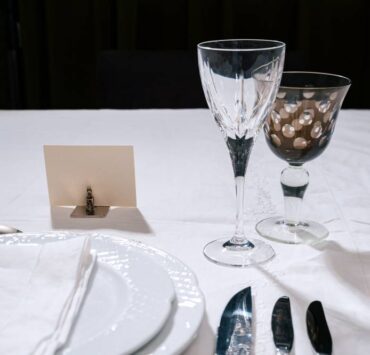Your guide to the different types of manicures
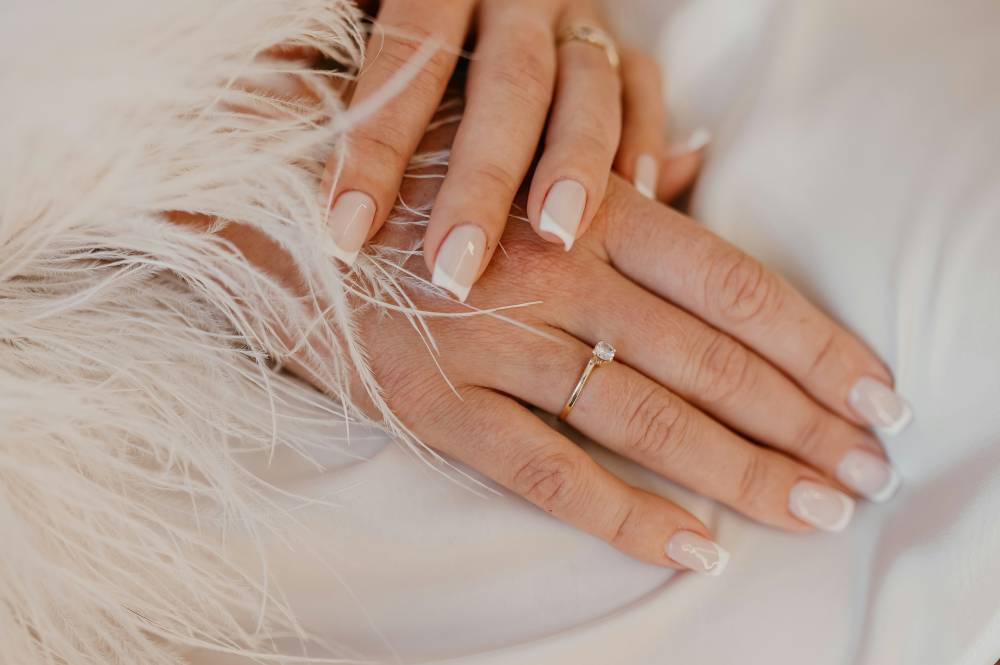
There are so many different kinds of manicures these days that it may be overwhelming to pick which one you’d like to proceed with. Choosing the right manicure is no small feat, especially when you take nail care as seriously as we do.
Don’t compromise on safety or appearance. Find the procedure that satisfies both standards in our handy-dandy list of manicures you can request at your favorite salon.
Classic
The classic manicure is the age-old nail procedure, the most DIY friendly of the manicures. Some salons offer special kinds of polish that may be difficult to procure in your local drugstore, but typically, the classic manicure consists of the same few characteristics—nail clipping, filing, and a polish of your choice.
Occasionally, nail salons will throw in a hand massage for extra pampering, but the classic manicure generally keeps it simple. If you’re not in for all the fuss, the classic manicure is for you. Although beware, they’re known not to last very long. If you like to work with your hands, these are the most likely to chip.
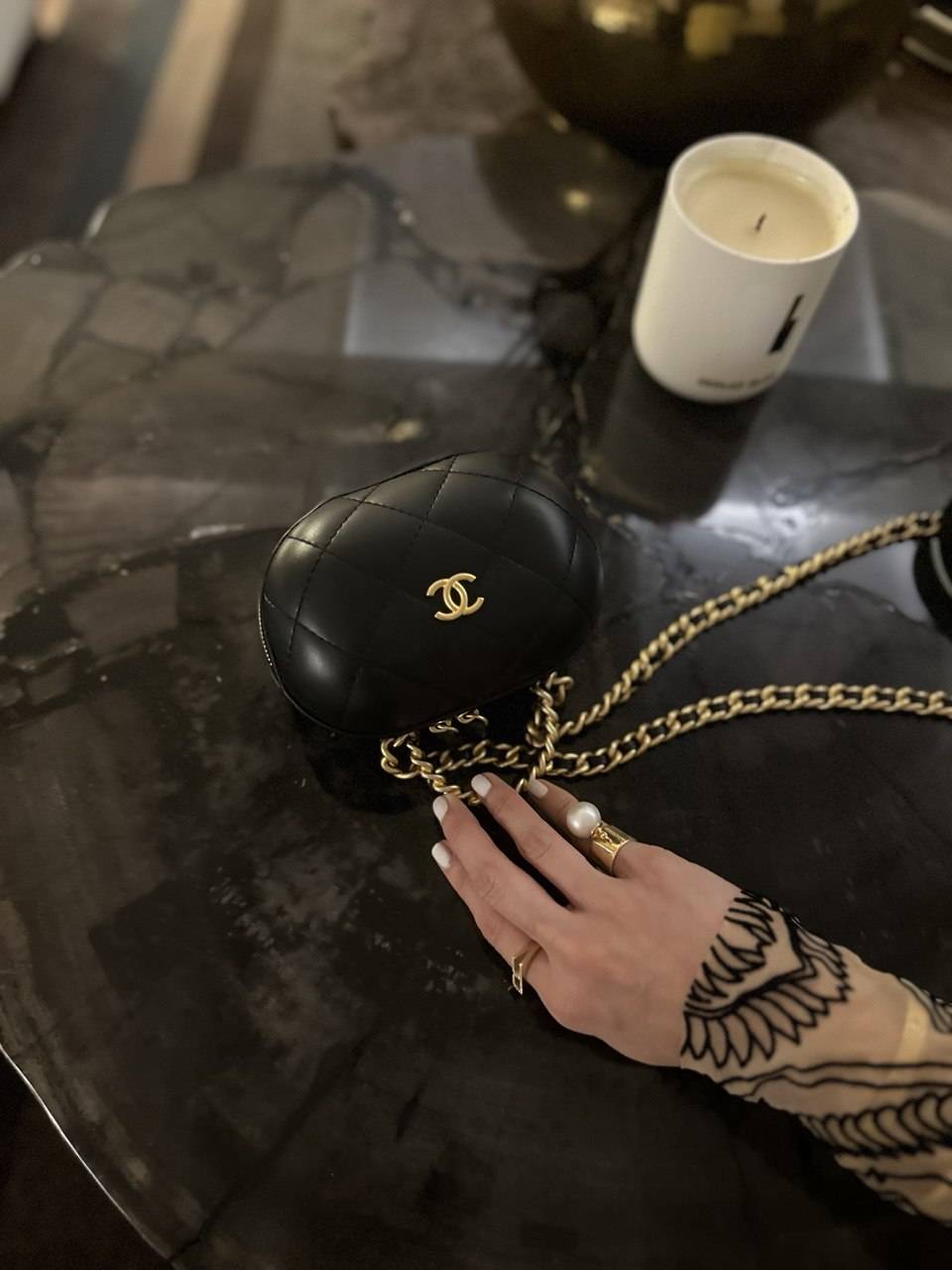
French
Commonly known as “French tips,” a French manicure is an aesthetic decision. Generally, you can request a French manicure as an add-on to the classic or gel manicures.
This style involves a clear or neutral base and a thin white polish painted on the tip of each nail. The timeless and elegant style is perfect for that effortless, everyday look. If you wish to be made-up, but are not into anything too bold, the French manicure is probably your best fit.
Gel
The gel manicure is for those who need a more durable finish. It’s similar to the classic manicure in that it involves pretty much the same procedure, except the gel is cured by a UV light that hardens the liquid polish.
This is the perfect choice if you want your nails to last two to three weeks. The only catch is that you’d have to return to the salon to have them professionally removed. Though it may seem like a hassle, it’s definitely worth it if you’re looking for more high-quality options.
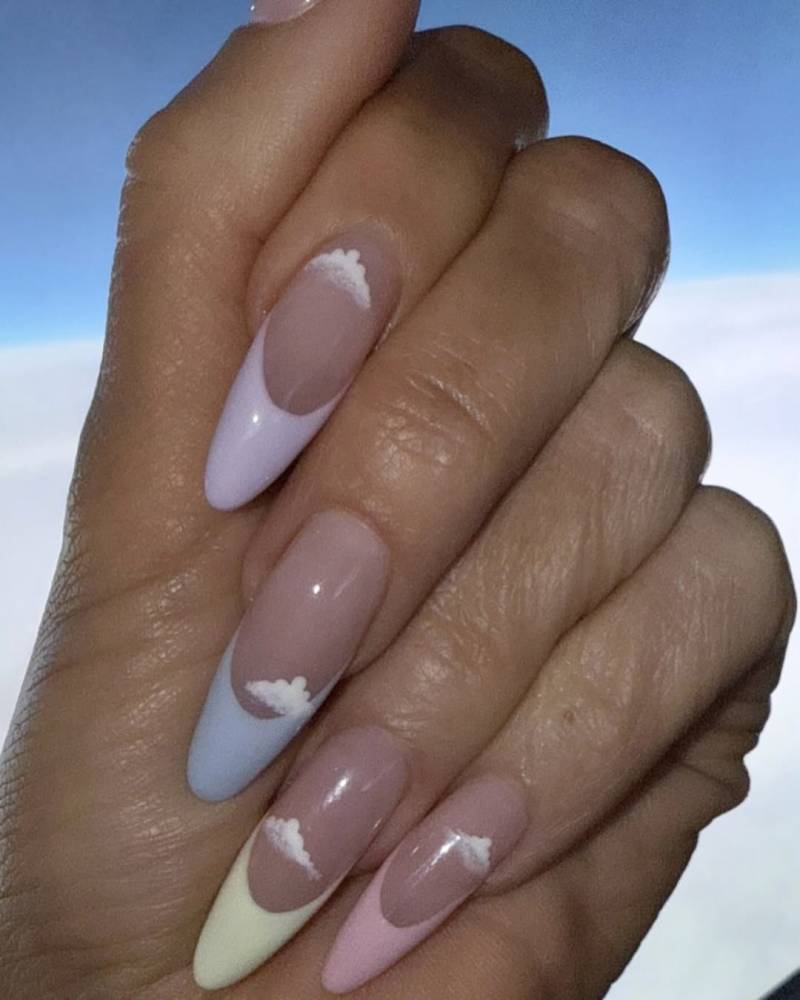
Soft gel and polygel extensions
These options are for those who like long, fabulous nails, but can’t be bothered to grow them out. Soft gel extensions are a type of flexible gel that is glued to the top of your nails and filed to your liking. They also involve a UV light, but are known to appear more natural than acrylics.
Polygel extensions, on the other hand, use a hybrid formula to achieve the same effect. It’s a mix of acrylic powder and clear gel that can be molded to your desired shape and length.
Both these options offer you longer nails without the heaviness of acrylics. If you’re afraid to commit to acrylics, but would prefer not to keep your nails so plain, you can opt for either of these options as a steady middle between the classic and the acrylics.
Russian
The Russian manicure is quite a controversial one. It went viral on TikTok last year, with many pointing out that the procedure may be bad for your nails. Though the Russian manicure involves risk of damaging your nails, there are safe ways to go about it. In the right hands, a Russian manicure can be the cleanest, most refined look available.
The entire grooming process takes place without soaking your hands in water to soften the nails. Your nails will be exfoliated completely dry, which is why it’s important to go to a trusted nail technician. The Russian manicure involves using various drill-like tools to remove as much skin surrounding the cuticle as possible. If the tools aren’t properly sterilized, you run the risk of an infection.
The Russian manicure is definitely a procedure that requires more research, and one should always proceed with caution. But if you’re looking for a thorough job, the Russian manicure is the way to go.
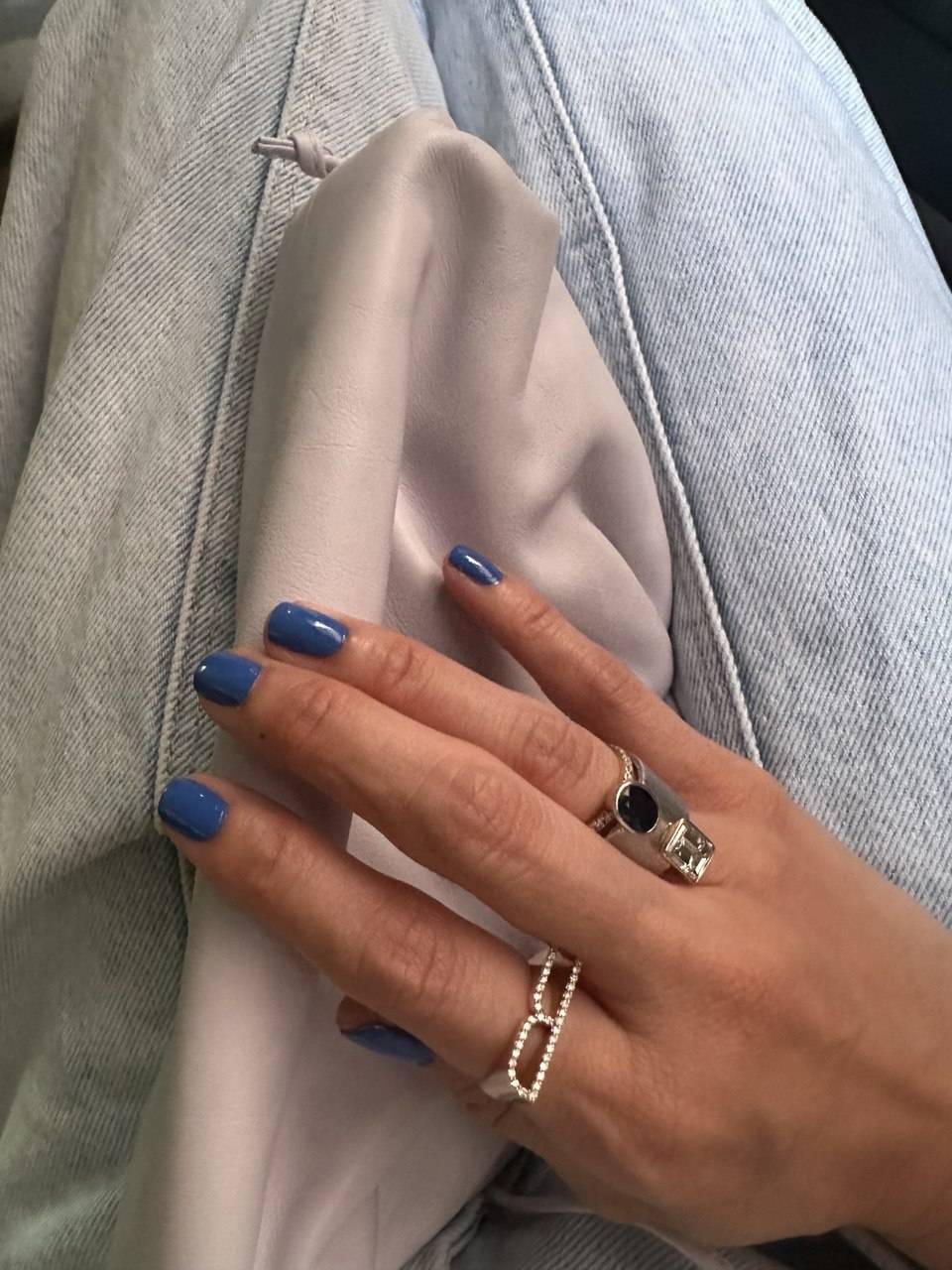
Acrylic
Acrylic nails are a good option if you like your nails extremely long. This talon-like style is perfect if you want to indulge in nail art. You can shape your acrylics however you please, and even request personal designs. It’s always best to show up to the salon with a peg, but if you want to give your nail tech full creative freedom, why not?
This method typically involves a mix of powder and liquid formulas applied once your nails have been cut short. You’ll have to return to the salon after three to four weeks to have them removed or redone. If you’re not afraid of long-term commitment, these are for you.















